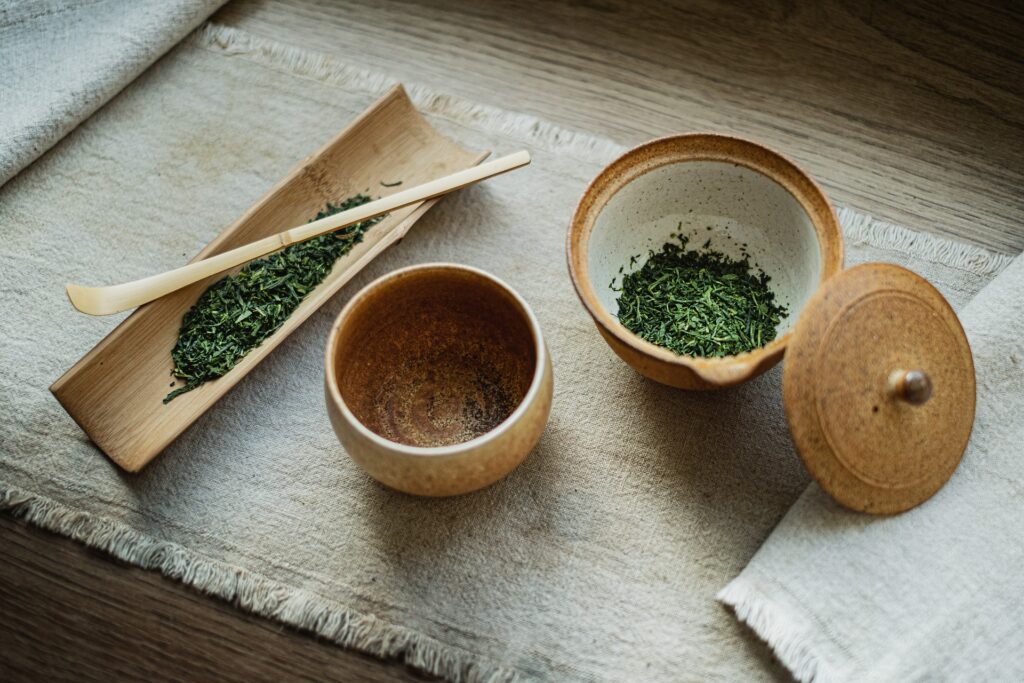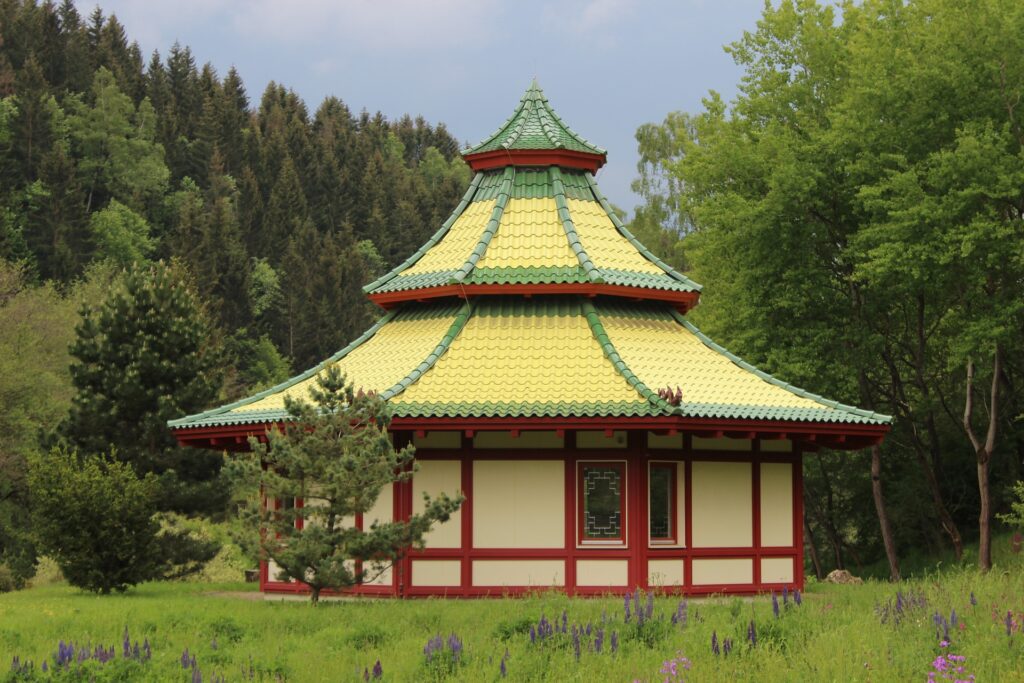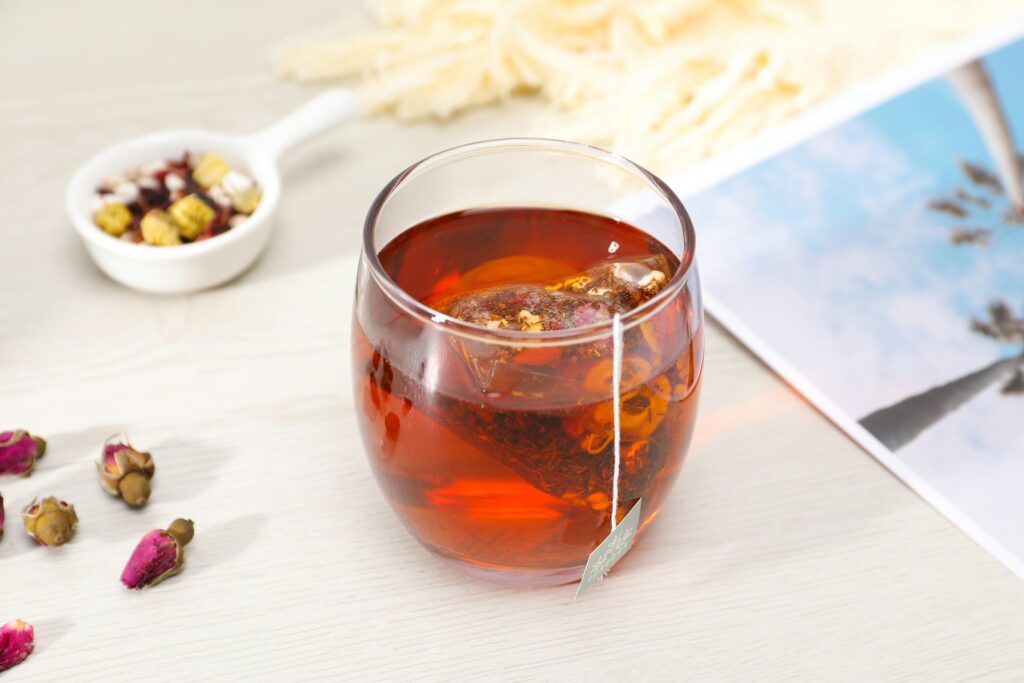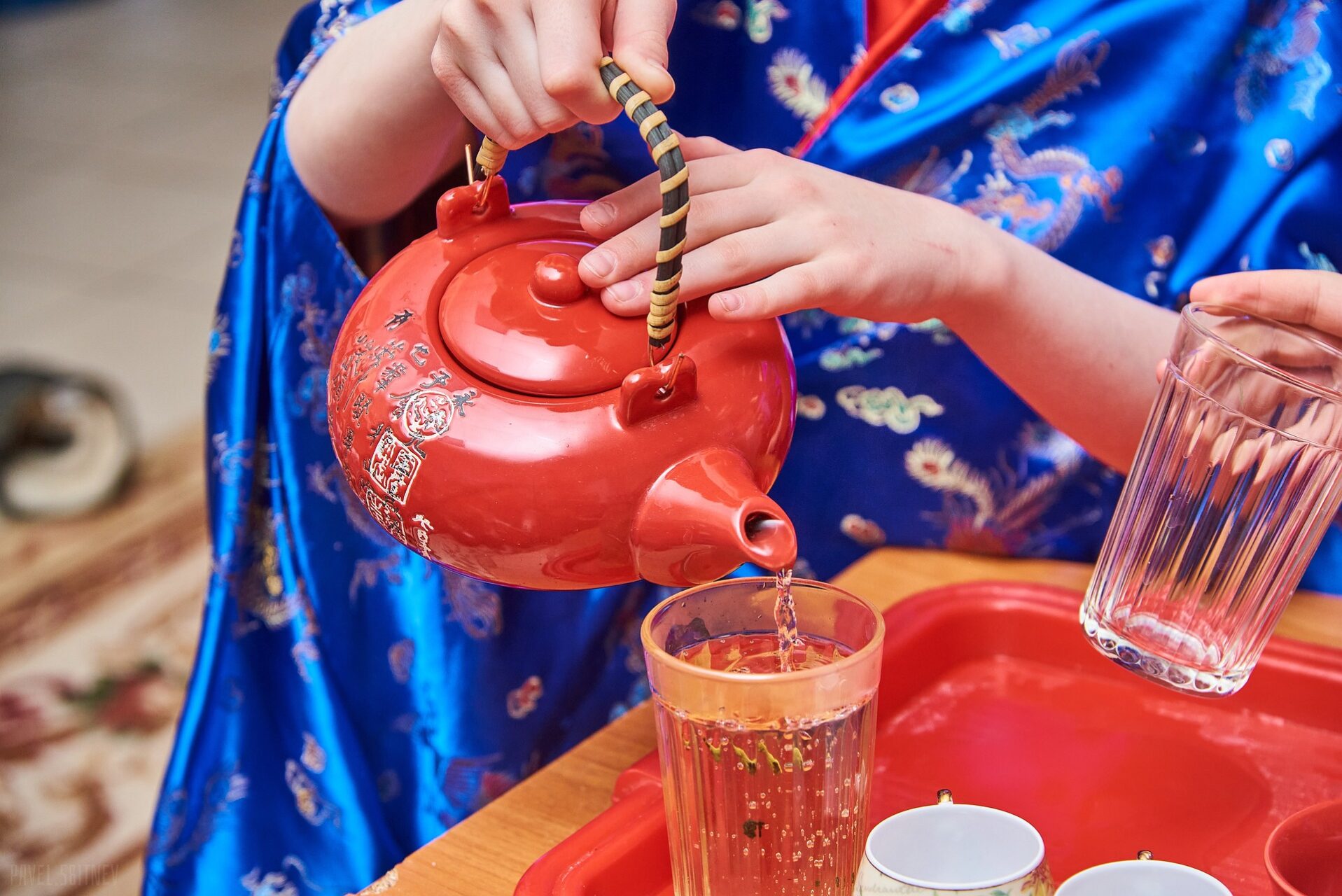In the heart of Japan’s rich cultural tapestry lies a timeless ritual that transcends mere tea drinking practice known as the Japanese tea ceremony. Rooted in Zen Buddhism and influenced by centuries of tradition, this ceremony offers participants a profound journey into tranquility, mindfulness, and the appreciation of life’s fleeting moments. Join us as we immerse ourselves in the elegance and grace of the Japanese tea ceremony, exploring its origins, significance, and the profound impact it continues to have on contemporary culture.
Table of Contents

1. Origins and Evolution of Japanese tea Ceremony
Delve into the historical roots of the Japanese tea ceremony, tracing its origins from the teachings of Zen Buddhism in medieval Japan to its evolution as a cultural cornerstone during the Muromachi period under the influence of tea masters like Sen no Rikyū. Explore how the ceremony’s evolution reflects shifts in Japanese society, from its origins as a ritual of the elite to its widespread adoption among all social classes.
2. Philosophy and Spiritual Connection
Explore the philosophical underpinnings of the Japanese tea ceremony, including concepts such as wabi-sabi (the beauty of imperfection) and ichi-go ichi-e (the idea of treasuring each encounter as a once-in-a-lifetime moment), which underscore the ceremony’s focus on presence, mindfulness, and the appreciation of simplicity. Delve into how these philosophical ideals inform every aspect of the tea ceremony, from the selection of utensils to the manner of serving and consuming tea.
3. The Way of Tea-Chado
Unveil the intricacies of chado, the “Way of Tea,” which encompasses not only the physical preparation and serving of tea but also the cultivation of inner harmony, respect for others, and reverence for nature. Explore how chado is not just a set of rituals but a way of life, guiding practitioners to find beauty and meaning in the everyday and fostering a deep connection with the natural world.
4. Architecture and Design of the Tea Room
Step into the serene world of the Japanese tea room, known as a chashitsu, and explore its minimalist architecture, meticulous design, and use of natural materials to create an atmosphere conducive to reflection and tranquility. Discover how every aspect of the tea room, from the placement of tatami mats to the arrangement of tokonoma alcoves, is carefully considered to enhance the tea ceremony experience.
5. Utensils and Equipment
Discover the essential utensils and equipment used in the Japanese tea ceremony, from the handmade tea bowls and bamboo tea scoops to the intricately woven tea whisk, each imbued with symbolism and craftsmanship that enhances the ritual experience. Explore the cultural significance of these utensils and how they are passed down through generations, connecting practitioners to centuries of tradition and craftsmanship.

6. The Host and Guest Relationship
Examine the dynamic interplay between host and guest in the Japanese tea ceremony, characterized by mutual respect, humility, and a shared appreciation for the moment, as participants come together to create a harmonious and inclusive environment. Explore the rituals of hospitality and etiquette that govern the interaction between host and guest, fostering a sense of unity and connection that transcends social boundaries.
7. The Four Principles of Tea
Learn about the four principles of tea, known as wa (harmony), kei (respect), sei (purity), and jaku (tranquility), which serve as guiding principles for both the host and guest in the pursuit of an authentic and meaningful tea experience. Explore how these principles inform every aspect of the tea ceremony, from the selection of utensils to the manner of serving and consuming tea, and how they can be applied to enrich daily life beyond the tea room.
8. The Ceremony’s Flow and Rituals
Follow the graceful rhythm of the Japanese tea ceremony as it unfolds through a series of meticulously choreographed movements and rituals, including the cleansing of utensils, the preparation of tea, and the sharing of serene moments of contemplation. Explore how each step in the ceremony is imbued with meaning and symbolism, guiding participants on a journey of self-discovery and mindfulness.
9. Tea Varieties and Ceremony Seasons
Explore the diverse range of Japanese teas used in the tea ceremony, from the vibrant matcha to delicate sencha and fragrant gyokuro, each carefully selected to complement the season and enhance the sensory experience of the ceremony. Delve into how the changing seasons influence the selection and preparation of tea, reflecting the cyclical nature of life and inviting participants to attune themselves to the rhythms of nature.
10. Modern Adaptations and Innovations
Investigate contemporary interpretations and innovations in the Japanese tea ceremony, from experimental tea blends to innovative approaches to tea preparation and presentation, as practitioners seek to adapt tradition to the demands of modern life while preserving its essence. Explore how modern technology and global influences are shaping the evolution of the tea ceremony, opening new avenues for creativity and expression while honoring its timeless teachings and traditions.

11. Health and Well-being Benefits
Examine the potential health and well-being benefits associated with participating in the Japanese tea ceremony, including stress reduction, improved focus, and a heightened sense of mindfulness and appreciation for the present moment. Discover how the act of preparing and consuming tea mindfully can be a form of meditation, promoting relaxation and inner peace in an increasingly hectic world.
12. Preserving Tradition of Japanese Tea Ceremony
Consider the importance of preserving the rich tradition and cultural legacy of the Japanese tea ceremony in an ever-changing world, as practitioners and enthusiasts alike work to ensure that its timeless teachings and practices continue to inspire future generations. Explore initiatives aimed at promoting awareness and appreciation of chado, from educational programs and cultural events to efforts to preserve historic tea houses and gardens, ensuring that its legacy endures for centuries to come.
Conclusion:
In a world often characterized by chaos and distraction, the Japanese tea ceremony stands as a sanctuary of serenity and mindfulness, offering participants a profound opportunity to slow down, savor the moment, and connect with themselves and others on a deeper level. As we embrace its timeless teachings and traditions, may we find solace in the simplicity of a shared cup of tea, and may the spirit of harmony and tranquility cultivated in the tea room permeate every aspect of our lives.
FAQs (Frequently Asked Questions):
- What is the cultural and and Traditional value of Japanese tea ceremony?
- The Japanese tea ceremony, or chado, holds deep cultural, Traditional and philosophical significance, serving as a means to cultivate mindfulness, foster social connections, and honor tradition. It embodies principles of harmony, respect, purity, and tranquility, inviting participants to embrace simplicity and appreciate the beauty of each moment.
- How long does a typical Japanese tea ceremony last?
- The duration of a Japanese tea ceremony can vary depending on factors such as the specific rituals observed, the number of participants, and the occasion. While some ceremonies may last as little as 30 minutes, more formal gatherings can extend for several hours, allowing ample time for preparation, serving, and contemplation.
- Can anyone participate in a Japanese tea ceremony?
- Yes, the Japanese tea ceremony is open to anyone who wishes to experience its beauty and tranquility. Whether you’re a seasoned practitioner or new to the world of tea, participating in a ceremony offers an opportunity to learn about Japanese culture, connect with others, and cultivate mindfulness and inner harmony.
- Are there specific rules or etiquette to follow during a Japanese tea ceremony?
- Yes, the Japanese tea ceremony is governed by a set of traditional rules and etiquette known as temae. Participants are expected to observe customs such as bowing, cleansing utensils before and after use, and drinking tea in a prescribed manner. However, these guidelines are meant to enhance the experience rather than restrict it, and practitioners are encouraged to approach the ceremony with an open heart and a spirit of respect and humility.
- What types of tea are commonly served in a Japanese tea ceremony?
- The Japanese tea ceremony typically features matcha, a finely ground green tea powder made from shade-grown tea leaves. Other varieties of Japanese green tea, such as sencha, gyokuro, and hojicha, may also be served depending on the season and the preferences of the host and guests. Each type of tea offers its own unique flavor profile and sensory experience, enhancing the richness and diversity of the ceremony.

